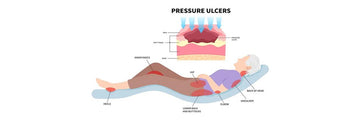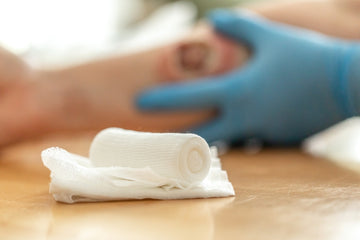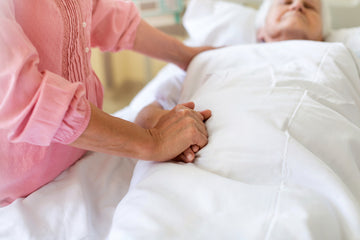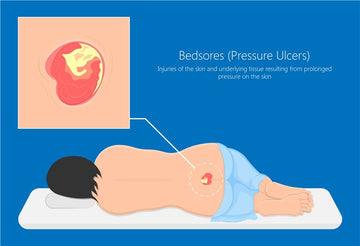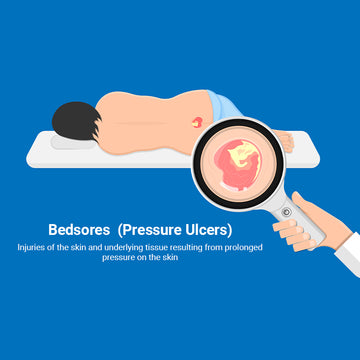
What is Bedsore?
Bedsores, also known as pressure ulcers or pressure sores, are injuries to the skin and underlying tissue that usually develop over bony prominences due to prolonged pressure on the skin. Commonly occurs in people who are immobile or have difficulty moving, mainly bedridden or wheelchair-bound.
The pressure reduces blood flow to the area, leading to tissue damage and eventually causing the skin to break down.
Factors that contribute to the development of bedsores include prolonged pressure on the skin, often in combination with friction, shear forces, moisture, poor nutrition, and impaired circulation.
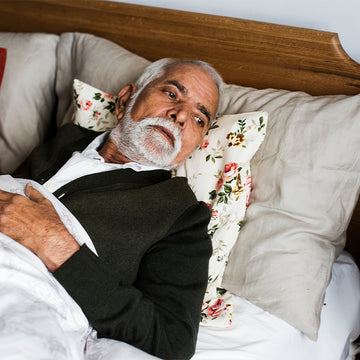
Who is more prone to bedsores ?
People who are unable to move around easily are most likely to get bedsores. This includes bedridden people, use wheelchairs for a long time, or have conditions that make it hard to change position. Bedsores happen because constant pressure on the skin cuts off blood flow, which can damage the skin and tissues. Other things that can raise the risk of bedsores include incontinence- loss of bladder or bowel control, poor nutrition, and certain medical conditions like diabetes. Even age can play a role, as older adults often have thinner skin.
